Mozambique: Nine buffaloes found dead in mysterious circumstances
Mozambique: Deforestation affected 875,000 hectares over four years to 2022
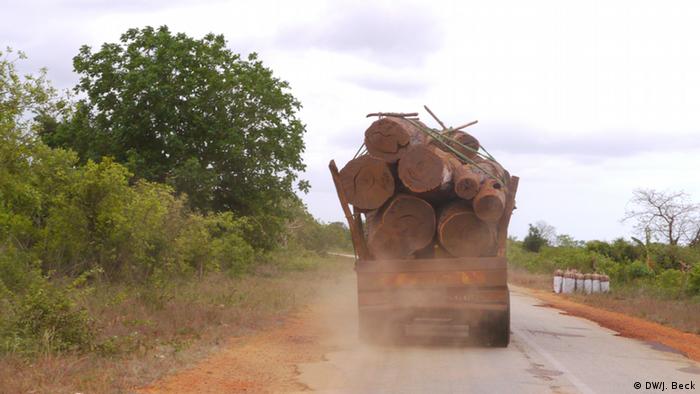
File photo: DW
Deforestation in Mozambique affected 875,453 hectares over the four years to 2022, although it fell back during that last year, and affected mainly the provinces of Niassa and Zambézia, according to statistical data from the National Statistics Institute (INE) compiled by Lusa.
According to data from 2019 to 2022, in that last year deforestation of various types of forest was down 31% from the previous year, to 209,464 hectares.
Deforestation peaked in 2021 at 303,689 hectares, with 264,999 hectares of semi-deciduous (tropical) forest, 29,258 hectares of semi-evergreen forest and 99 hectares of mangrove, among others.
In 2019 deforestation in Mozambique affected 199,910 hectares and in 2020 a total of 242,390 hectares.
In this four-year period recorded by INE, the provinces of Niassa, in the north of the country, and Zambezia, in the centre, alone accounted for 180,279 and 167,367 hectares of deforestation, respectively.
A significant part of this deforestation has been taking place in the Miombo forest, which in addition to Mozambique covers ten other southern African countries, including Angola.
Miombo, a Swahili word for the Brachystegia genus, encompasses a large number of species of trees and a forest formation that makes up the largest tropical forest ecosystem in Africa, and a source of water, food, shelter, timber, electricity generation and tourism.
On 24 September in New York, Mozambique’s president, Filipe Nyusi, announced that “over five hundred million dollars” had been raised at the high-level dialogue on the Miombo Initiative, held the previous day in the US city.
“We managed to convince the world that we need to protect the Miombo,” he told journalists. “This requires resources, but we humbly point out that management needs to be as transparent as possible, because the Miombo doesn’t just belong to Mozambique.”
Attending the event were dozens of US businessmen who donated to the project and African leaders, including the heads of state of Botswana, Mokgweetsi Masisi, and Malawi, Lazarus Chakwera.
“It was clear there that [the donors’ financial support] is over five hundred million dollars, but I don’t think the figure will stop there,” Nyusi insisted. “That’s why I say that a management mechanism needs to be set up, because it’s a regional project.”
Miombo, he said, “is now on the world map.”
The Miombo Forest covers some 2 million square kilometres and guarantees the livelihoods of more than 300 million inhabitants of 11 southern African countries, including tropical and subtropical grasslands, bushlands and savannahs. It is the largest dry tropical forest ecosystem in the world and is currently facing deforestation problems, among others.
Mozambique’s government hoped to mobilise investments to protect the Miombo Forest, estimated in the action plan at $550 million (€495 million), of which $153 million (€138 million) have been guaranteed since 2022, and now a further $500 million (€450 million) have been added.
According to the government, which drew up the project’s action plan, the planned initiatives are based above all on mapping and recovering the areas most affected by deforestation, but also on monitoring and developing alternative income-generating projects to forest exploitation.
The initiative in defence of Miombo has been promoted in recent years by Nyusi, who is serving his last term in office and is not standing again in the general elections on 9 October. As the time to leave approaches, he assured us that it is a “relay race” to ensure tasks are completed.
“We run and hand over; then someone continues,” he said. “Until the last day I have to run, to see if I deliver at an early stage, because if I leave at a late stage the one who continues will have to make up for lost time.”






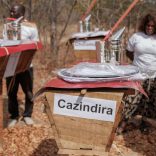
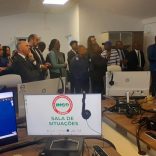


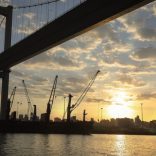
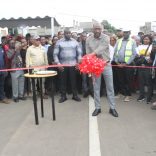
Leave a Reply
Be the First to Comment!
You must be logged in to post a comment.
You must be logged in to post a comment.